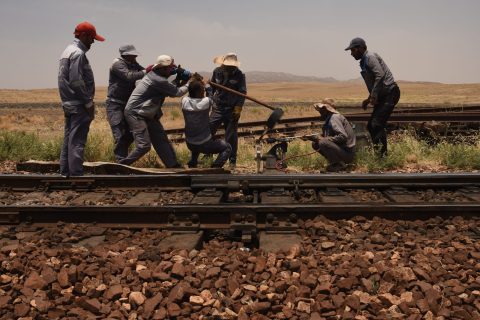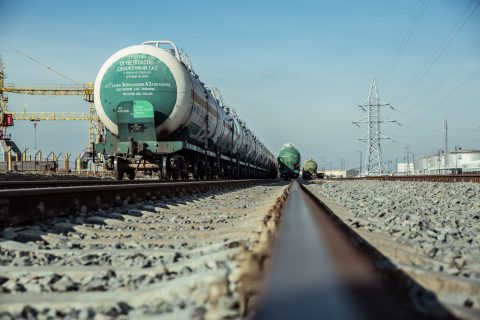Who is liable for cargo damage on the New Silk Road?

When cargo that was transported on the New Silk Road is damaged, who assumes liability? Due to the fact that there are many different parties and legal systems involved, this question can be difficult to answer. New Silk Way Logistics has launched a new liability concept applicable to the also new reefer container it presents.
Rob Brekelmans, Managing Director at the Dutch joint venture (KLG Europe and Essers) for rail transport between the Netherlands and Asia will present the product at the New Silk Road Conference taking place on Thursday 27 September in Tilburg, the Netherlands. “We have created a container service where we act as an ‘operator’ in terms of liability”, he said.
Liability
At the moment, Eurasian transport of goods by rail is facilitated by forwarders. These forwarders do generally not assume liability other than the limited liability under freight forwarding conditions, which makes it challenging for shippers to be compensated in case of damages.
“As New Silk Way Logistics, we accept liability for the entire journey: from Europe to Asia, by train, truck and other transport modes involved. In doing this, we basically act as an operator, but as we do not have the traction we act as an operator only on paper. We have developed a multimodal railway bill: a contract confirming this liability for the journey road-rail and in case of pre-on carriage by ocean or air”, explained Brekelmans.
The reefer
The reefer container in itself is a novelty, in that it is the first to operate on a climate neutral basis, Brekelmans explained. It consumes fossil-free fuel, something that was previously not possible because this type of fuel becomes gooey when exposed to extreme temperatures. “We have solved this problem with our partner Goodfuels, who has delivered the right type of product for this journey.”
Another partner involved is the manufacturer of the reefer-unit itself: Unit45. The container is equipped with protection against freezing and a unique internal heating system prevents the fuel to freeze. If the fuel runs out on the way, this will be detected thanks to various sensors in the container”, Brekelmans explained. “The service comes with an extensive track and trace system. We monitor the location, temperatures, battery status etc. If something needs to be done, we can intervene while the container is on the way .”
Market demand
Reefer containers are required for the transport of products as pharmaceuticals, food and beverages and electronics . Shippers have complained of a lack of availability of such containers. “New Silkway Logistics has therefore launched a 45 foot container with the loading capacity of 33 euro pallet positions, thus offering a much higher volume/payload.
“The Chinese operator does have reefer containers, but utilises these only for the winter period. For the remainder of the year, these containers sit idle, which is not good for the quality of the reefer. It requires a lot of maintenance work to use these containers. We therefore wanted to come up with our own product, that is able to handle the specific conditions on the New Silk Road”, Brekelmans pointed out.
New Silk Road Conference
Do you want to hear more about the reefer container, other developments or about the New Silk Road in general? The latest developments will be discussed at the New Silk Road Conference on 27 September in Tilburg, the Netherlands. More information about this conference can be found here. Here you can register for the event.
You just read one of our premium articles free of charge
Want full access? Take advantage of our exclusive offer





